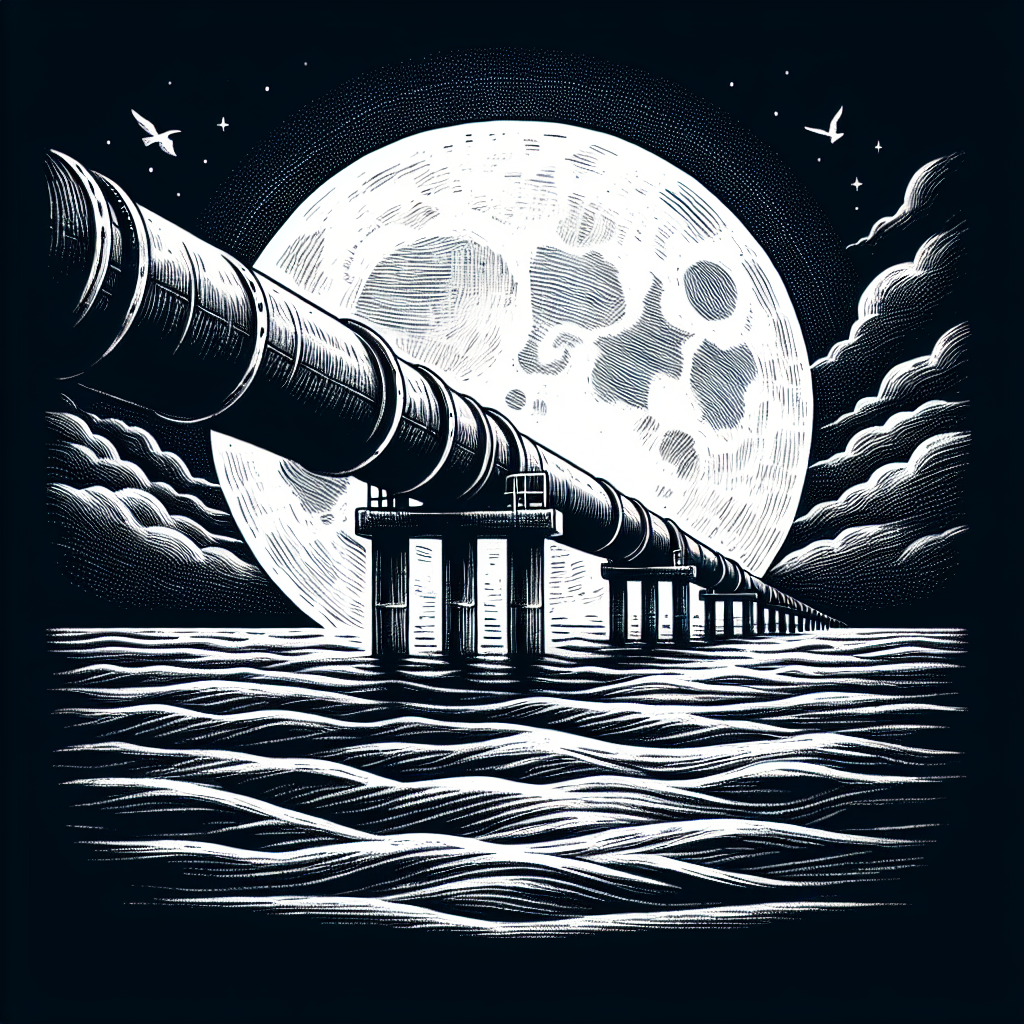Baku Opens New Markets as the Middle East Remains Unstable

While front lines and diplomatic crises keep redrawing the map of the Middle East, Azerbaijan is quietly reshaping the region’s energy geography to its own advantage.
By simultaneously boosting hydrocarbon exports, acquiring foreign assets, and investing in “green” projects, Baku is moving beyond its European niche and becoming a bridge between the Caspian and the Levant.
From the Southern Corridor to a Middle-Eastern Route Network
During 2020-2024 Azerbaijan’s oil and gas sales to the Middle East almost doubled, from USD 2.15 billion to USD 4.11 billion, while the number of destination countries rose to twelve. Turkey remains the main hub (82 % of regional demand, USD 3.37 billion in 2024), yet Baku is steadily diluting this concentration.
Israel, despite lower volumes after a price correction, still receives up to 60 % of its crude from Azerbaijan, and SOCAR’s purchase of a 10 % stake in the Tamar gas field provides offshore know-how and a foothold in the Eastern Mediterranean market.
New “niche” buyers are emerging: Iraq has pushed imports to USD 7.8 million, and the UAE—though reverting to modest volumes after a USD 50 million spike in 2022-remains a strategic partner for renewables.
Syria is poised to become the thirteenth market: the July 2025 deal to supply 1 bcm of gas a year via the Turkey–Syria line will shorten Damascus’s 20-hour power outages and could link TANAP to the Arab Gas Pipeline, opening Jordan, Egypt, and Lebanon.
In the Mediterranean cluster a planned Israel–Turkey subsea interconnector would offer an alternative route that bypasses the straits.
Risks, Competitors, and a Hybrid Export Strategy
Azerbaijan’s expansion unfolds amid escalating conflicts. The summer 2025 Israel–Iran flare-up complicates protection of Southern Gas Corridor assets, and a potential Hormuz closure could drive oil to USD 130 per barrel-promising windfall profits yet adding volatility to investments.
Baku’s main energy competitor are Russia, whose gas share has fallen under sanctions, and Iran, whose export ambitions create both competition and political friction.
A three-tier strategy underpins Baku’s response. First, infrastructure security: joint Azerbaijani-Turkish drills around TANAP and BTC, plus Caspian exercises with Kazakhstan, reinforce the image of a “stability island.”
Second, route flexibility: parallel channels through Syria, the Mediterranean, and the Black Sea allow rapid re-routing in crises.
Third, dual-track exports-hydrocarbons and renewables. Cooperation with Masdar and Saudi entities on solar power and hydrogen lowers carbon risks and diversifies revenue.